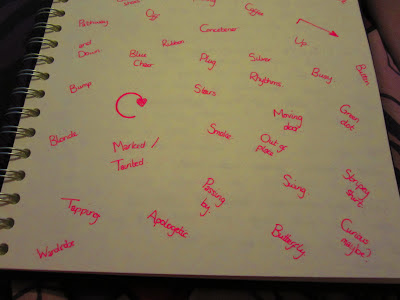Surprisingly, we did not start with the section we had planned to. We created a new beginning made from mine and Abbie's solos. It then continued into the section we had already worked on. We continued to add a few small lifts and new sections to come to an ending. I'm not sure if this will be added on to but we have found a comfortable ending if that's what happens.
The piece hasn't been polished and perfected but our aim was to create the piece and then make final adjustments on our last day of rehearsals.
Our Sharing Video!!









.JPG)
































